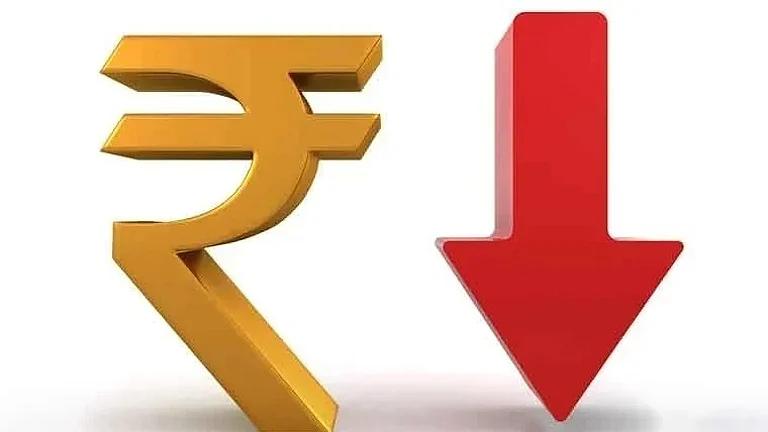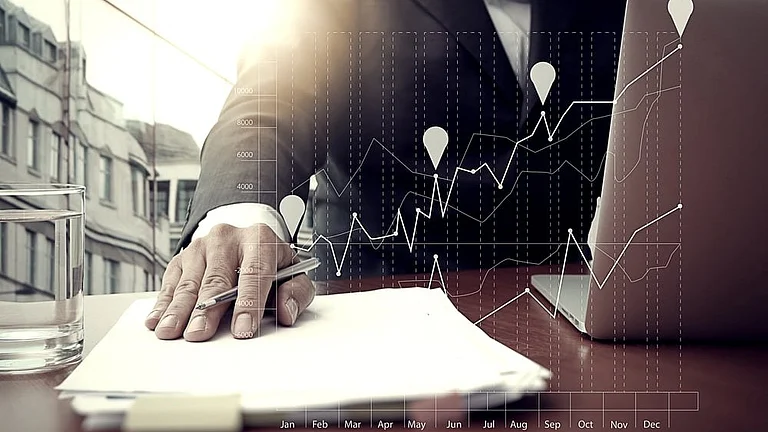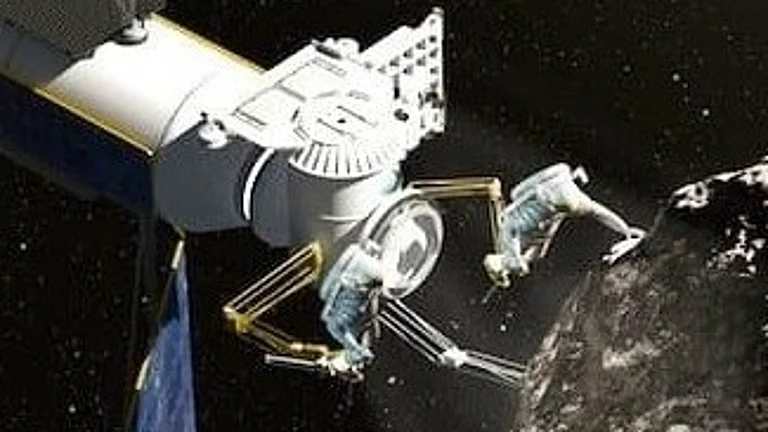Former Indian Prime Minister Manmohan Singh passed away on Thursday: During Congress's last stint as the ruling government, the party witnessed some tough economic challenges. And one of the biggest came in 2012, as the aftershocks of the 2008 US financial crisis continued to send shockwaves across global economies. In India, all eyes turned to the then Prime Minister of the country, Manmohan Singh, for the policy decisions that took centre stage at that time.
Two major changes were introduced as the economy remained on a turbulent path: First, a hike in diesel prices and second, a cap on petroleum subsidies.
For a country where inflation has always been a top concern, both these decisions attracted significant criticism. But behind the policy picture, the economy was walking on a tightrope, at risk of a growing fiscal deficit on one side and losing interest of foreign investors on the other.
"Paisa pedho par nahi lagte(Money doesn't grow on trees)," Manmohan Singh stated while addressing the political mayhem that followed after the decisions were introduced. Singh pointed out that the LPG subsidy could potentially touch the Rs 2 lakh crore price level, a massive surge from Rs 1 lakh 40 thousand recorded a year before had the cap not been introduced. The limit was primarily imposed due to the rising prices of oil products in the global market.
"If we had not taken strong steps, the fiscal deficit and government expenditure would have increased significantly. Investors' confidence in India would have taken a downtrend. They would have started pulling away and interest rates would have surged... unemployment would also have increased," he added.
For Singh, it wasn't just about maintaining the economy on a stabilised path but also giving an answer to the opposition. Even the long-standing support of the Trinamool Congress was lost when the government decided to allow 51 per cent foreign capital investment in the retail sector.
Not the only time Singh took a hard decision
It wasn’t the first time Manmohan Singh had witnessed the economy on a turbulent path. Back in 1991, when India was still under the License Raj, Singh made the strong decision to end it and open the economy for foreign investors. He understood that what mattered most was not just for the economy’s present, but for its future as well, and that was investor confidence.
His decisions and policy approach still offer lessons for today’s global economic picture which is witnessing a dampening outlook owing to rising trade barriers. The key actions Singh took during his tenure, that is removing trade restrictions and maintaining foreign investor confidence, remain as relevant and important as ever.































